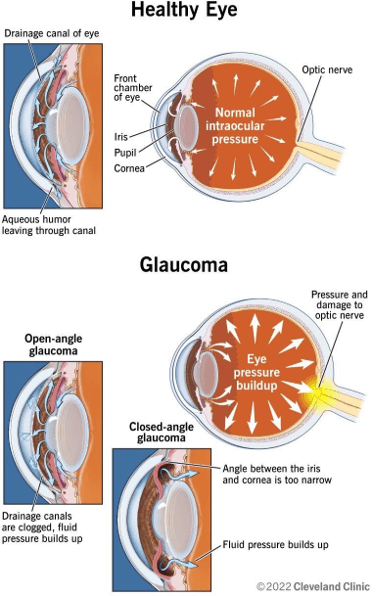An older client is admitted to an acute care facility with the diagnosis of left lower lobe pneumonia. How should the practical nurse (PN) position the client for auscultation of posterior lung fields?
Lateral, semi-prone.
Semi-Fowler's.
Right side-lying.
Forward orthopneic.
The Correct Answer is A
Choice B rationale:
The semi-Fowler's position involves elevating the head of the bed to 30-45 degrees, which is useful for clients with respiratory issues to promote lung expansion. However, for auscultation of the posterior lung fields in a client with left lower lobe pneumonia, the lateral, semi-prone position is more appropriate as it allows better access to the specific area of concern.
Choice C rationale:
Placing the client on the right side-lying position may not be as effective for auscultating the left lower lobe, as the target area is located on the opposite side. The lateral, semi-prone position offers better access to the left lower lobe for assessment.
Choice D rationale:
The forward orthopneic position is a sitting position with the arms supported on a table or over the bed. While this position can assist clients with breathing difficulties, it is not suitable for auscultation of the posterior lung fields. The lateral, semi-prone position is more appropriate for this purpose.
Nursing Test Bank
Naxlex Comprehensive Predictor Exams
Related Questions
Correct Answer is A
Explanation
Glaucoma is a group of eye diseases that damage the optic nerve and cause vision loss. It is often associated with increased intraocular pressure, which can compress the nerve fibers and reduce blood flow to the retina. The most common type of glaucoma, open-angle glaucoma, causes gradual loss of peripheral vision.
The other options are not correct because:
- Macular edema is a condition that causes swelling and fluid accumulation in the macula, the central part of the retina that is responsible for sharp and detailed vision. It can cause blurred or distorted vision, but it does not affect the optic nerve or the peripheral vision.
- Cataract is a condition that causes clouding of the lens, which is the transparent structure that focuses light onto the retina. It can cause blurred, dim, or yellowed vision, but it does not affect the optic nerve or the intraocular pressure.
- Diabetic retinopathy is a complication of diabetes that damages the blood vessels in the retina and causes bleeding, leakage, or scarring. It can cause blurred, fluctuating, or darkened vision, but it does not affect the optic nerve or the intraocular pressure.

Correct Answer is B
Explanation
The correct answer is **b. Oral feeding of a two-year-old child after application of a hip spica cast.**
Choice A rationale:
Participation in staff rounds to record notes regarding client goals is not an appropriate task to delegate to a UAP. This task requires clinical assessment, judgment, and documentation skills that are within the scope of practice of a licensed practical nurse (PN), but not a UAP.
Choice B rationale:
Oral feeding of a two-year-old child after application of a hip spica cast is an appropriate task that the PN can delegate to a UAP. Feeding a stable patient is a routine task that does not require advanced nursing skills or clinical judgment. As long as the child is not at high risk for complications, this task can be safely delegated to a UAP with proper training and supervision.
Choice C rationale:
Evaluation of a client's incisional pain following narcotic administration is not an appropriate task to delegate to a UAP. This task requires clinical assessment, evaluation of medication effects, and critical thinking skills that are within the scope of practice of a PN, but not a UAP.
Choice D rationale:
Assessment of the placement and patency of a nasogastric feeding tube is not an appropriate task to delegate to a UAP. This task requires specialized nursing skills and clinical judgment to ensure the safety and effectiveness of the feeding tube. It is within the scope of practice of a PN, but not a UAP.
Whether you are a student looking to ace your exams or a practicing nurse seeking to enhance your expertise , our nursing education contents will empower you with the confidence and competence to make a difference in the lives of patients and become a respected leader in the healthcare field.
Visit Naxlex, invest in your future and unlock endless possibilities with our unparalleled nursing education contents today
Report Wrong Answer on the Current Question
Do you disagree with the answer? If yes, what is your expected answer? Explain.
Kindly be descriptive with the issue you are facing.
